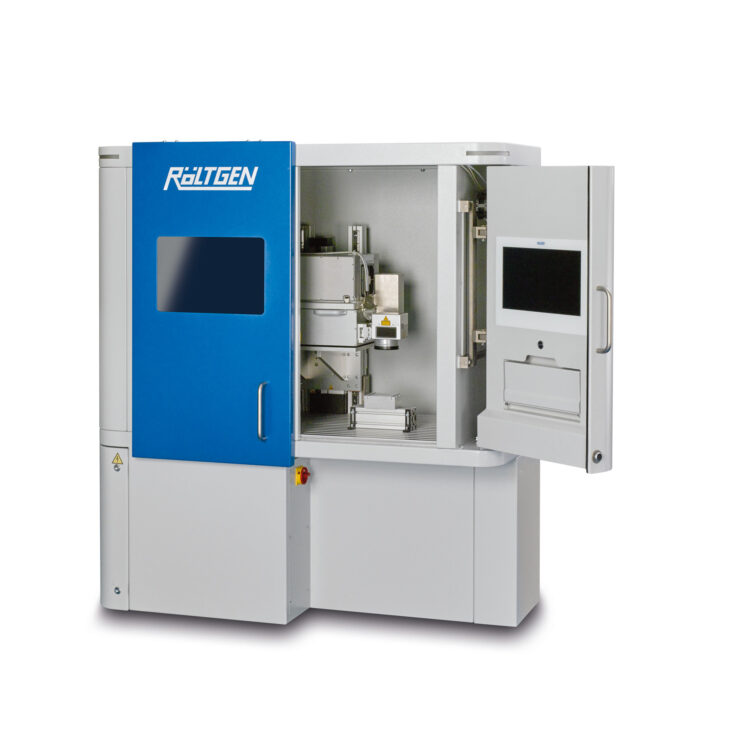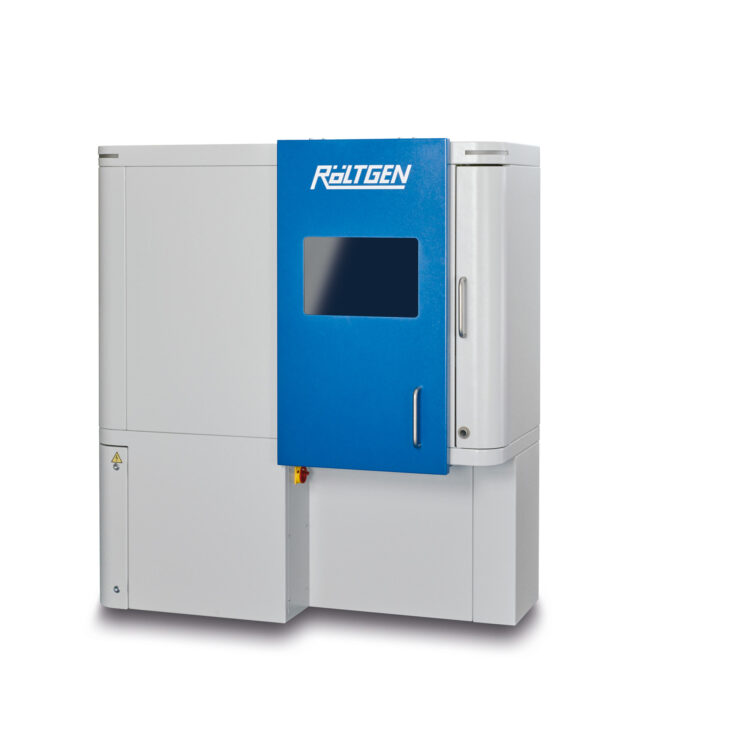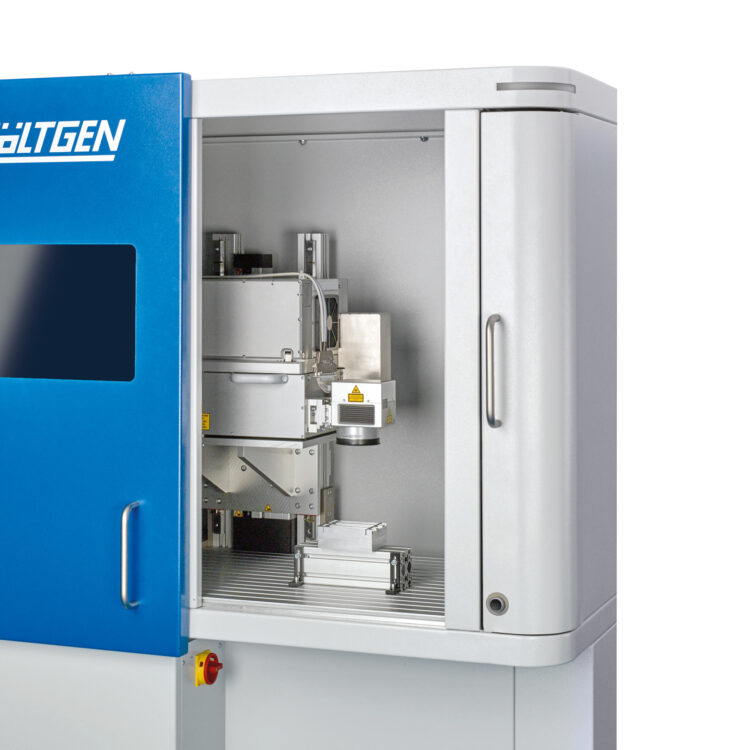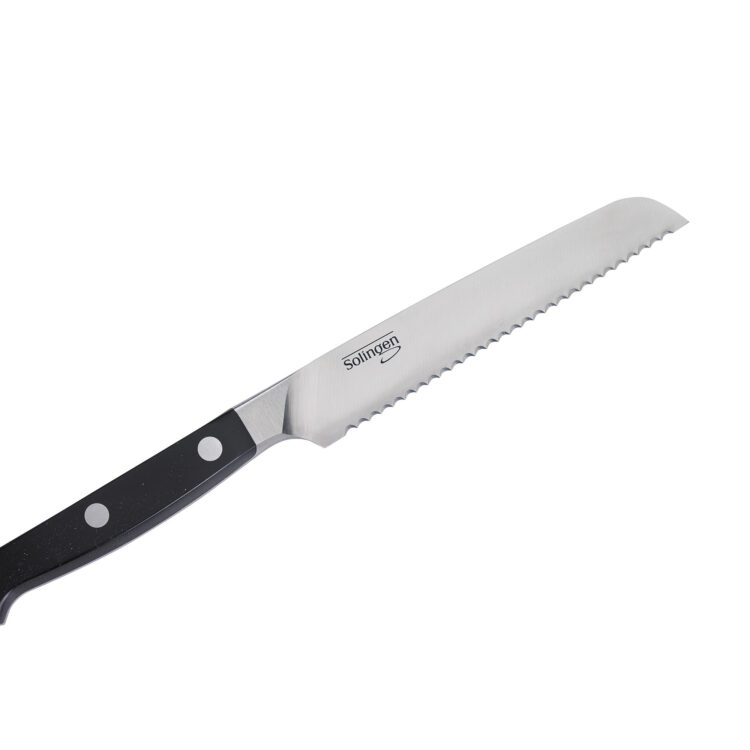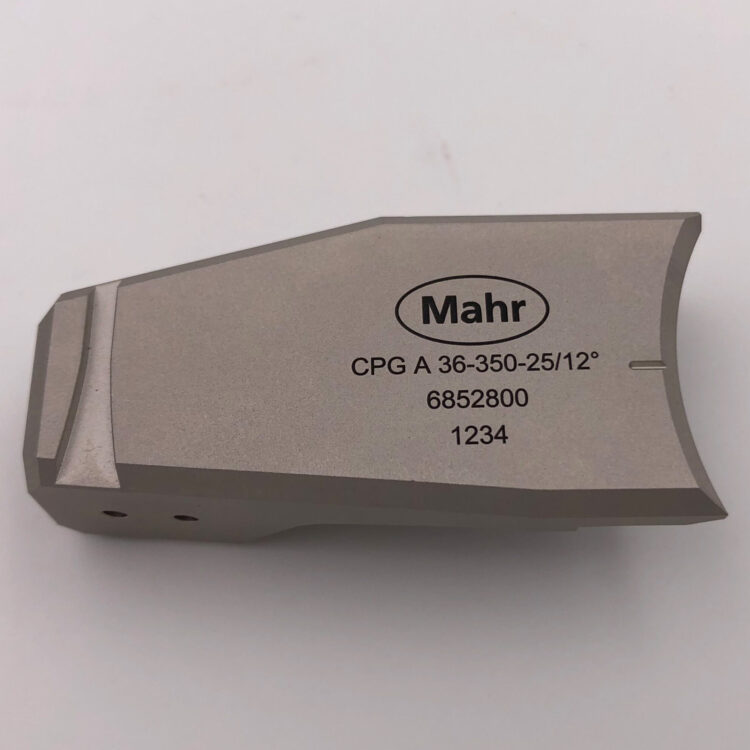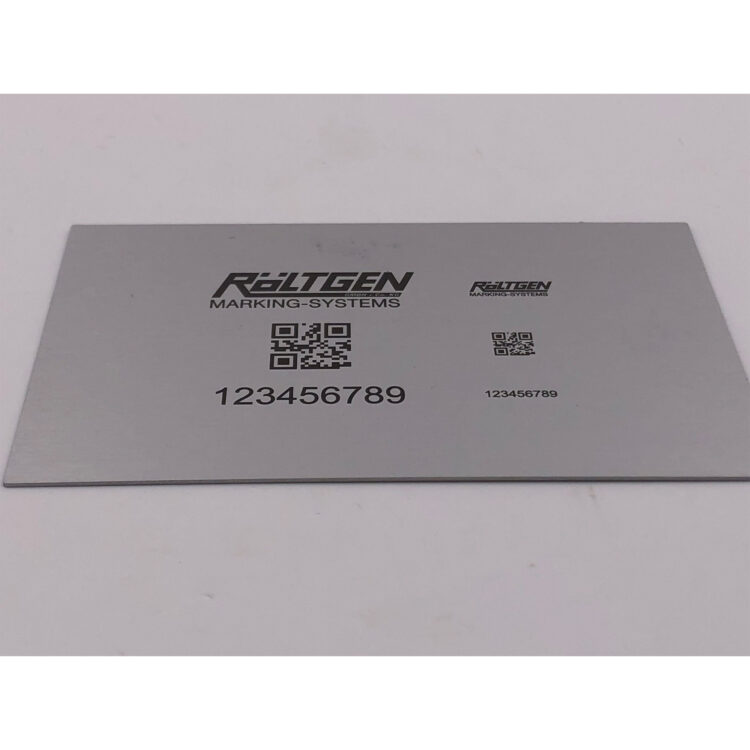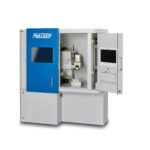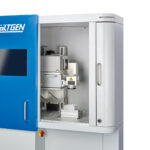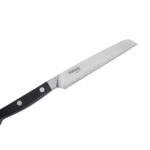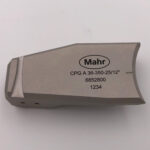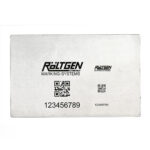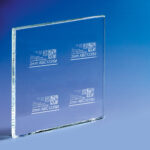Laser marking system (Pico)
With our PERMAblack process, we achieve a rich blackening of the surface with very little heat impact on the material.
Group 1915
Our new laser processing system of the PR1915 series not only impresses with its functionality, versatility and user-friendliness, the laser processing system also has some optical highlights to offer, such as the retractable input station.
Due to the generous machining area, it is also suitable for larger workpieces.
The laser processing system is equipped with an air-cooled 12W ultra-short pulse laser as standard. This enables the use in
in a wide variety of applications, such as the aerospace industry, the automotive industry or medical technology.
The deep black marking makes it ideally suited for these areas of application. The workpieces are marked without corrosion and with impressive sharpness and excellent contrast.
Advantages of the picosecond laser:
- Marks all metals, many plastics, glass, ceramics and much more
- Deep black marking on almost all materials
- Very easy to read from all angles
- Rust-free marking
- No heat effect on the workpiece
- User-friendly software
- Large working area
- Large laser safety screen for best view into the working area
- Stowable input station
- Special housing possible
Ultra-short laser pulses make material processing largely independent of the laser wavelength. This means that almost all materials can be processed, even those that are transparent at the laser wavelength.
Another advantage of ultrashort laser pulse durations is the fact that material ablation is not based on the generation of heat as with standard fibre lasers. For this reason, picosecond lasers are used in all laser machining processes where damage,
melting or discolouration due to heat input are undesirable.
The disadvantage of conventional marking with a fibre laser on stainless steel is that the surface shines under certain viewing angles and the marking is hardly recognisable. In addition, the processed area tends to corrode. Due to the thermal stress during the inscription
also reduces the strength. With thin-walled sheets, distortion occurs. Particularly in the case of data matrix code marking, these properties can lead to the readability of the code suffering.
In contrast, the marking of stainless steel with the picosecond laser shows a different behaviour. The surface also turns black but without the disadvantages mentioned above. The laser inscription is readable with high contrast from all angles. There is no susceptibility to corrosion.
The strength of the material is not affected and the material can therefore be marked without distortion.
